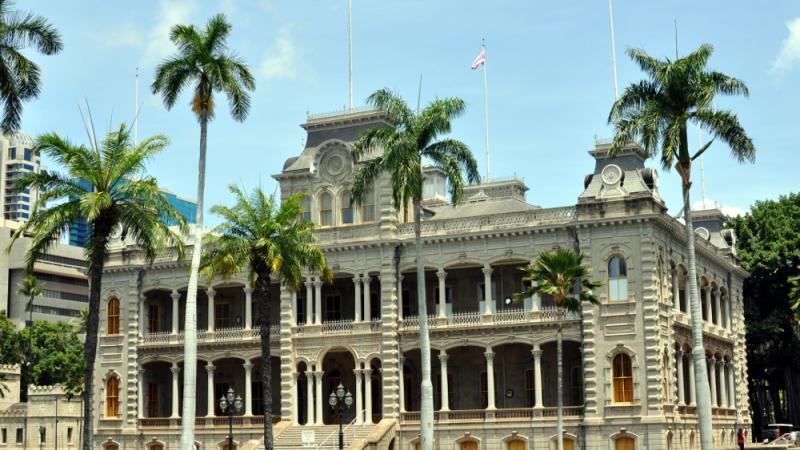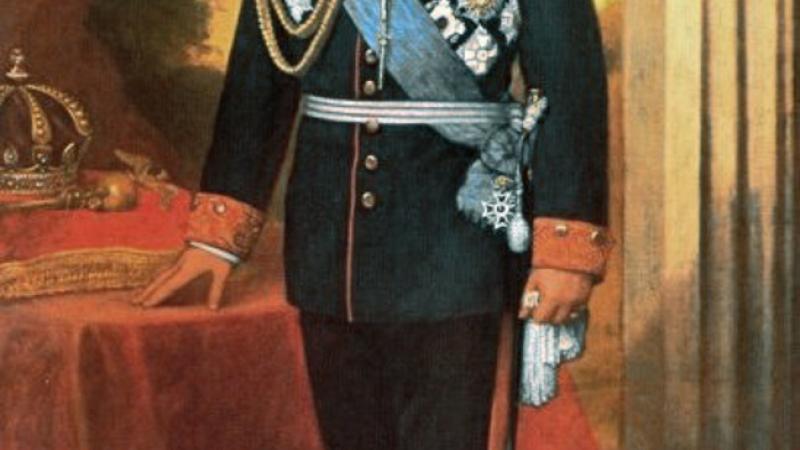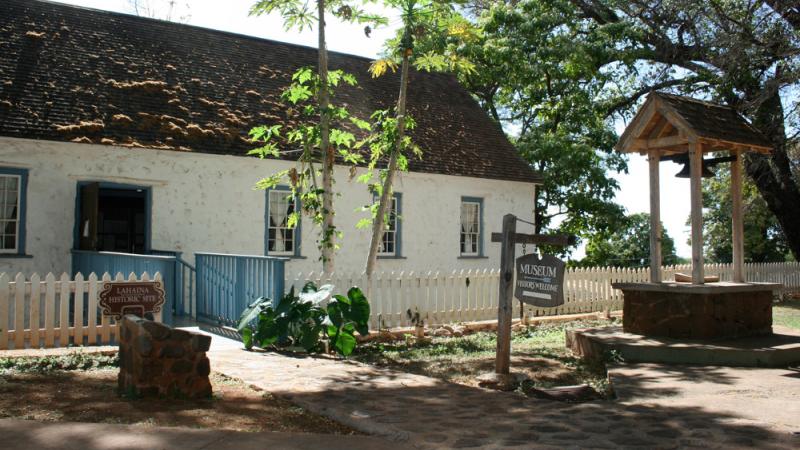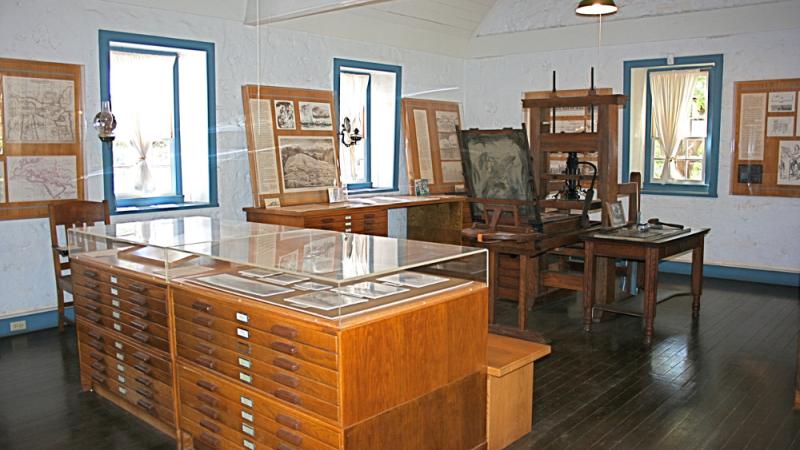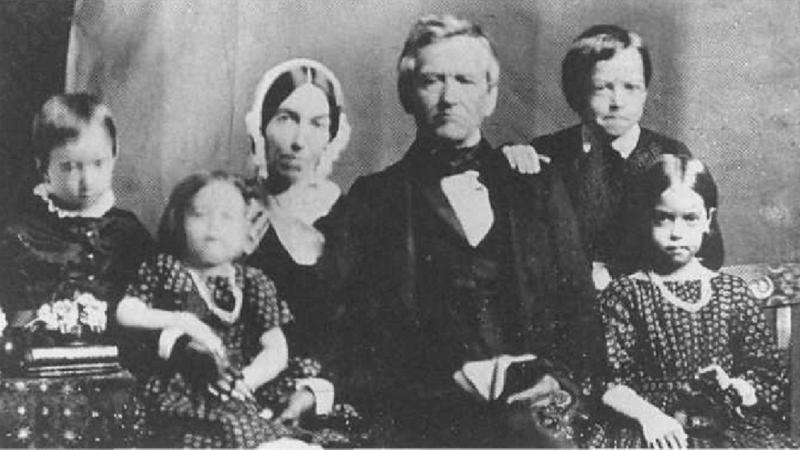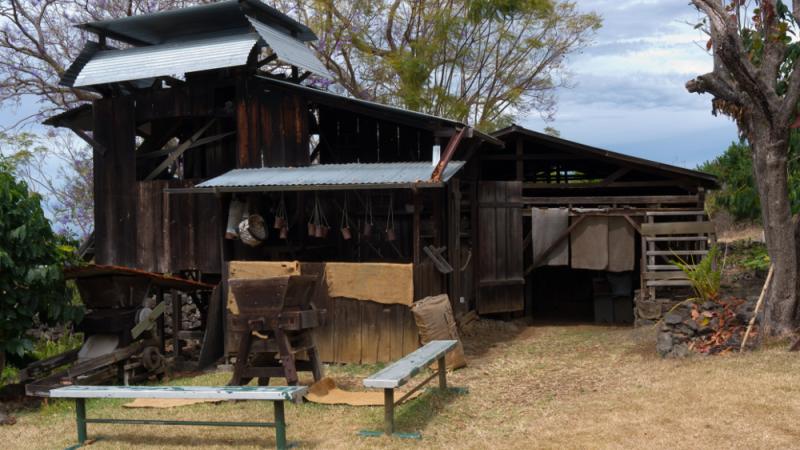Summer Road Trip! First Stop: Hawai'i
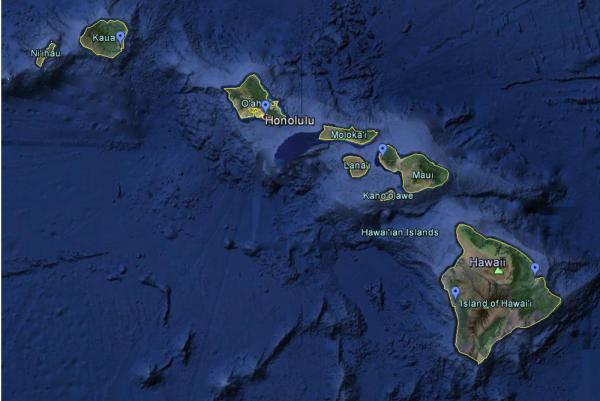
For more information and for travel planning, visit http://goo.gl/maps/zZa0H
Courtesy of Google Maps

For more information and for travel planning, visit http://goo.gl/maps/zZa0H
Courtesy of Google Maps
Scattered across the United States are thousands of cultural heritage institutions--museums, libraries, and historical societies--many of them operating with small staffs of professionals and volunteers. Yet by virtue of the rich humanities collections that they hold--books, archival materials, photographs, audio recordings, art, and historical objects--these institutions play an outsized role in the cultural life of their communities and the nation as a whole.
Since summer is a time for travel and recreation, we intend to publish over the next few months a series of online “road trips” that will escort you through some of the smaller and mid-sized cultural institution that have received support from the NEH. Many of the projects we’ll be featuring have been awarded Preservation Assistance Grants through the Division of Preservation and Access, grants that enable smaller cultural organizations to take the necessary steps to ensure the preservation of their collections.
We begin our series with a cultural tour of the 50th State.
ROAD TRIP TO HAWAI’I
Planning a vacation in Hawai’i this summer? Are Waikiki and Diamond Head on your itinerary? Will you be driving on the scenic road to Hana? Or perhaps you’re anticipating after-sunset views of lava flows in the Hawaii Volcanoes National Park?
No less compelling than these scenes of natural beauty is the rich and complex history of the islands. One good way to learn more about that story during your stay is to visit some of the many historic sites and museums that serve as custodians of Hawaii’s cultural heritage.
So, E Komo Mai--“Come Join Us!”
‘Iolani Palace (Honolulu)
Bustling Oahu is the most heavily populated of the Hawaiian Islands and home to its largest city, Honolulu. Among the historic sites that you will not want to miss during your stay is the spectacular ‘Iolani Palace, the only royal palace found within the United States. Built in 1882, it served as the residence of King Kalākaua and the last Hawaiian monarch, Queen Lili'uokalani. Although inspired by Italian Renaissance architectural styles, ‘Iolani Palace was a state-of-the-art building, possessing such modern amenities as newly invented electric lighting and the telephone. In 2008, the Friends of ‘Iolani Palace received a NEH Preservation Assistance Grant to purchase storage furniture and environmental monitoring equipment to improve the care of its collections, which include paintings, decorative objects, household items, and personal holdings of the Hawaiian royal family.
Hale Pa’i (Lahaina)
The town of Lahaina on the Island of Maui is a favorite destination of visitors. During the early 19th century, Lahaina was the capital of the Kingdom of Hawai’i--a bustling seaport and a rest stop for whaling ships. Yet there is another side to Lahaina’s history--it was home to the first school west of the Rocky Mountains. Established by missionaries in 1831, the Lahainaluna Seminary provided Western-style instruction to young Hawaiians. Beginning in 1834, a press was installed in what was originally a small thatched-roof structure known as the Hale Pa’i or “house of printing.” Students at Lahainaluna learned to set type, operate the press, create copper engravings, and bind books. In 1834, the original press printed a four-page weekly called Ka Lama Hawaii, the first newspaper in the Pacific. The Hale Pa’i also produced the first currency for the Kingdom of Hawai’i. By the middle of the last century, however, the building had fallen into disrepair. Now renovated and open to the public, the Hale Pa’i, along with other historic structures, is maintained by the Lahaina Restoration Foundation. In 2002, the foundation received a Preservation Assistance Grant through which it hired a conservator and an architect to help plan for an environmentally sound facility to store the school’s collections of materials on the history of Lahaina and the Hawaiian monarchy.
Lyman Museum (Hilo)
When you arrive in Hilo on Island of Hawai’i, be sure to stop by the Lyman Museum and Mission House. Originally home to New England missionaries David and Sarah Lyman, the museum consists of the Lymans’ historic residence, built in 1839, and a modern structure holding wide-ranging collections that document the ethnographic, natural, social, cultural, and religious history of Hawai’i from the earliest times to the present. Especially noteworthy are the museum’s collections of artifacts that showcase the islands’ amazing ethnic diversity, a legacy of the era of sugar plantations which brought to Hawai’i workers from Japan, China, the Philippines, Portugal, and other parts of the world. Among the exhibits highlighting the variety of cultures in Hawai’i is a replica of rural a Korean domicile from the 1930s. In 2002, the Lyman Museum was awarded a NEH Preservation Assistance Grant to consult with a conservator to redesign the storage space for its humanities collections.
Kona Historical Society (Captain Cook)
On the opposite side of the Big Island, the small town of Captain Cook is home to the Kona Historical Society which maintains several restored historic structures. These include the H.N. Greenwell Store established in 1870 and the Kona Coffee Living History Farm, founded in 1913 by Japanese immigrant, Daisaku Uchida. In 2011, the society received a NEH Preservation Assistance Grant to develop a plan to process its extensive collection of photographs, books, archival records, films, audiotapes, and historic objects--an important source of information on the history of the coffee industry and agricultural development in Kona. The grant also enabled the society to complete the upgrading of the environmental monitoring system in its library and archives, thus ensuring that this unique collection of local history materials will be preserved for future generations.
Grove Farm (Lihu’e)
Hawai’i is known for its pleasant temperatures and gentle breezes, but it is not immune to tsunamis, lava flows, and other natural disasters. One of the most catastrophic events to befall the 50th state was Hurricane ‘Iniki, which in 1992 devastated the Island of Kaua’i, leaving thousands of residents without homes and jobs. Among the buildings damaged by the hurricane was the Grove Farm Homestead, a historic house museum in Lihu’e that was originally the home of the Wilcox family of missionaries and the site of one of the first sugar plantations in Hawai’i. NEH provided emergency support to repair the damaged roof of the archives and museum building and to restore the heating, ventilation, and fire protection systems, thus helping to protect Grove Farm’s collections of maps, photographs, film, business records, and correspondence that are important in understanding the history of missionary life and the sugar industry in Hawai’i.
These five NEH grantees represent just a few of the many institutions that serve as caretakers of the cultural legacy of Hawai’i. For information on other cultural organizations that you might want to visit during your stay in the islands, consult the following:
